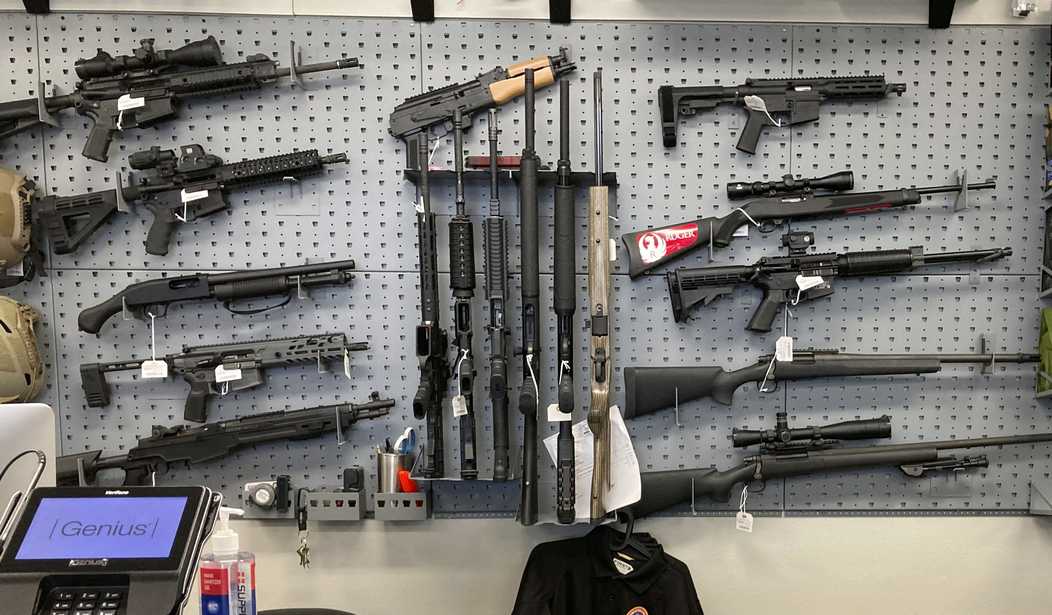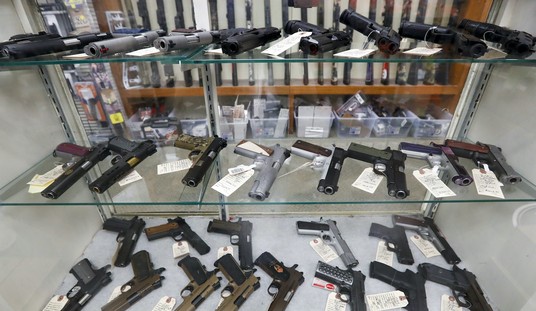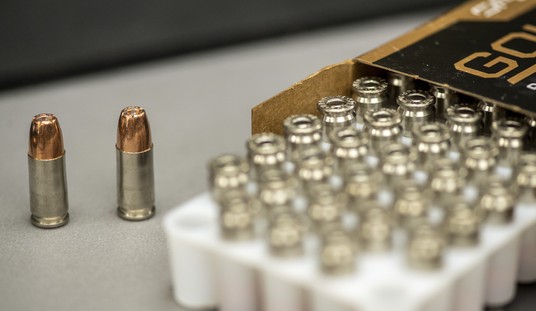In the course of my week, I come across a number of editorials. These are different from op-eds because these are essentially the editorial voice of a given publication. While they may run op-eds that disagree with them–most publications do, after all–the editorial board’s word tends to be how the paper or website views a given issue.
It shouldn’t impact coverage, but it does tell you where the official stand is, which can be handy in determining bias.
With the subject of gun control, you usually don’t need it. You know where they stand because it’s pretty much where all the media stands, right?
Well, not always.
A New York Times news report recently declared an “epidemic” of ghost gun usage, referring to untraceable firearms made with parts bought online or made by 3D printers.
In California, the problem is especially pronounced.
Between 25 to 50% of all the firearms recovered at crime scenes in Los Angeles, Oakland, San Diego and San Francisco in the past 18 months have been ghost guns, the Times reports.
But the Times also reports that ghost guns are “especially prevalent in coastal blue states with strict firearm laws.”
No kidding.
Gun laws only work on people who are willing to obey laws, which violent criminals by definition are not.
And this is from a publication based in Southern California.
Of course, we occasionally do see editorials uttering common sense, but they’re usually the smaller publications. Still, when someone’s right, they’re right.
For all the kvetching about things like ghost guns–or any guns, really–those who propose new regulations rarely seem to think through whether those regulations are actually going to do anything and, if so, what.
See, it’s not enough to just have an impact. A law must have the right impact.
What anti-“ghost gun” regulations really do is make it harder for law-abiding citizens who just like building guns. It’ll also make it harder for those who want to repair or modify their guns in a lawful way.
But the criminals? The very people they claim they want to prevent from having guns? They’ll just get it from another source and keep on doing what they’ve been doing.
Here’s a prime example that has nothing to do with firearms: Sudafed.
Once upon a time, you could just go into the store, grab a box of Sudafed or a generic equivalent off the shelf, pay for it, and be on your merry way. However, some would buy it and use it in the production of methamphetamine.
So, lawmakers decided to make it harder to get Sudafed or its generic equivalents by putting them behind the pharmacy counter. You have to show ID to get a box and you’re limited in how often you can buy it. They were going to show meth makers how it was.
Now, getting Sudefed during cold season is a pain.
And the meth manufacturers? They shifted to a different ingredient–one that’s actually more dangerous for users–and never missed a beat.
Do you really think those who make illegal firearms would be any different?
For most editorials, that answer is “yes.” I’m just glad to read one that recognizes the truth.








Join the conversation as a VIP Member